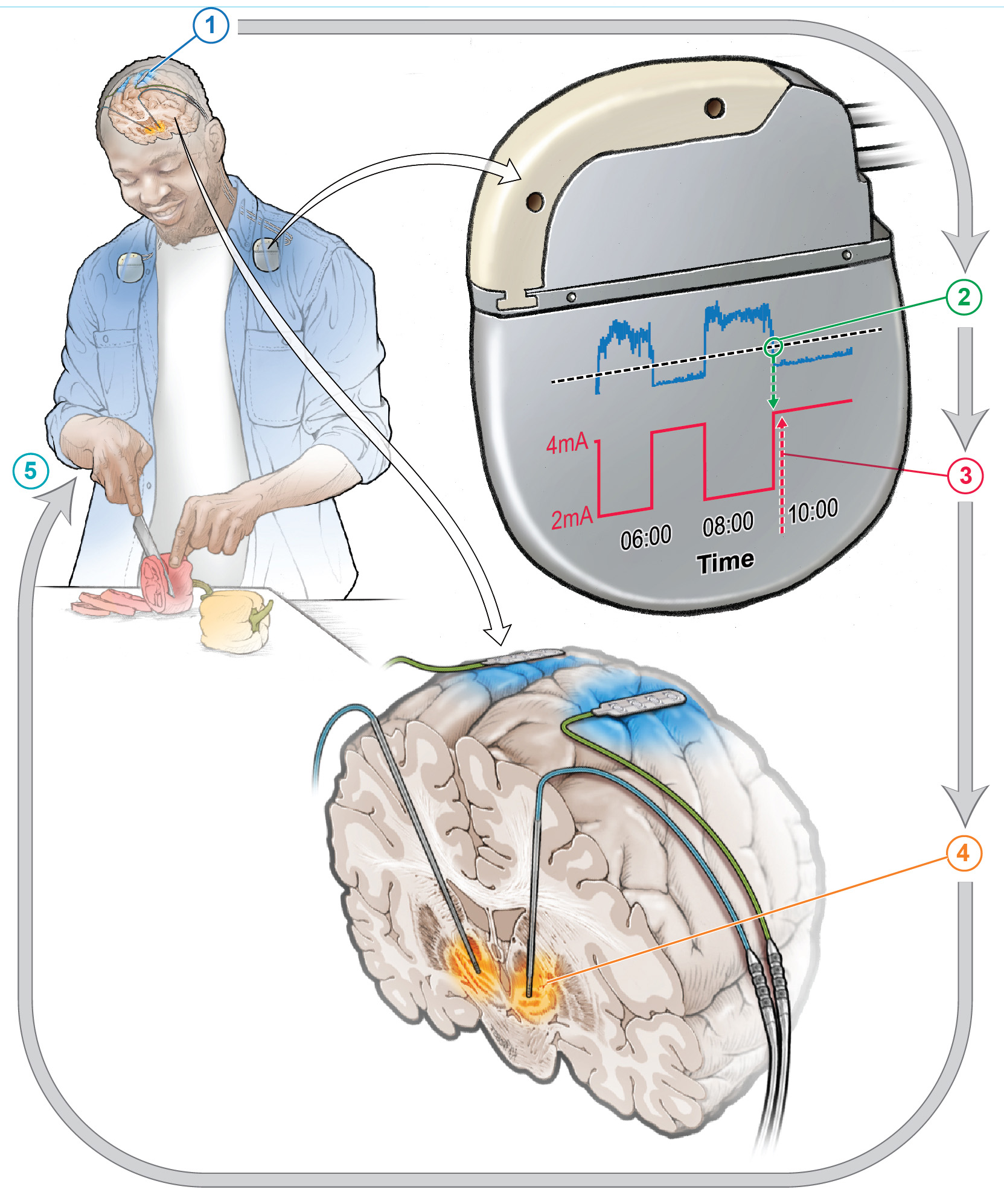News Release
Thursday, February 9, 2023
NIH study identifies new molecules involved in diabetes.
In a new large-scale genetic analysis, scientists have found a set of small RNA molecules, called microRNAs, in human pancreatic cells that are strongly associated with type 2 diabetes. Researchers discovered the microRNAs in groups of cells called pancreatic islets, which produce hormones, such as insulin, that the body uses to regulate energy levels.
In people with diabetes, the islets fail to produce sufficient insulin to control blood sugar, which is why understanding the basic biology of pancreatic islets is important for human health.
The study, led in part by scientists at the National Human Genome Research Institute (NHGRI), part of the National Institutes of Health, will inform future studies on the early detection and treatment of diabetes. The results were published in Proceedings of the National Academy of the Sciences.
Previous research with animal or cell-based models over the past two decades suggests that certain microRNAs, which are involved in controlling which genes are turned on and off in cells, may help pancreatic islets normally develop and function.
However, the specific role of these microRNAs in human pancreatic islets was poorly characterized.
“This study represents the largest sequenced-based analysis of microRNA expression in human pancreatic islets to date,” said Francis Collins, M.D., Ph.D., senior investigator in the Center for Precision Health Research in NHGRI’s Intramural Research Program and senior author of the study. “The results of this study set the stage for understanding how microRNAs fine-tune gene expression in pancreatic islets and its implications for diabetes.”
Using next-generation DNA sequencing, a fast and high-throughput method for sequencing nucleic acids (like DNA and RNA), the researchers analyzed microRNAs in over 60 samples of human pancreatic islets. They found specific microRNAs that are different in people with type 2 diabetes, which may be important for charting the course of the condition or for future development of drug therapies.
“Some of the human pancreatic islet microRNAs we found to be associated with diabetes have not been well-studied previously,” said Praveen Sethupathy, Ph.D., professor of physiological genomics at Cornell University, Ithaca, New York, and senior author of the study. “The majority of prior studies have been in rodents or in islet-like groups of cells growing in a dish. It has not been clear whether or to what extent the discoveries made in these studies are relevant to human pancreatic islets and diabetes.”
The researchers also found genomic variants that are associated with the quantity (or expression level) of certain microRNAs in the cell. These genomic variants might explain the variation seen in the level of specific microRNAs among different people. One of these genomic variants was found in a genomic region known to be associated with increased risk for type 2 diabetes-related traits, which may give researchers clues about how type 2 diabetes develops.
Diabetes affects more than 37 million Americans — about 1 in 10 people. Approximately 90-95{c754d8f4a6af077a182a96e5a5e47e38ce50ff83c235579d09299c097124e52d} of people with diabetes have type 2 diabetes, in which the body either does not make enough insulin and/or is unable to use insulin properly. The hallmark feature of diabetes is too much sugar circulating in the bloodstream. Prolonged high blood sugar levels can lead to heart disease, kidney disease and vision loss. Currently, diabetes has no cure, but treatment and lifestyle changes can help individuals manage the condition.
“Based on this work, and building on previous studies, we hope one day to be able to identify accurate microRNA biomarkers for early detection and treatment of diabetes and improve outcomes for patients in the future,” said Henry Taylor, Ph.D. candidate at the University of Cambridge, an NIH Oxford-Cambridge Scholar and first author of the study.
NHGRI is one of the 27 institutes and centers at the National Institutes of Health. The NHGRI Extramural Research Program supports grants for research, and training and career development at sites nationwide. Additional information about NHGRI can be found at https://www.genome.gov.
About the National Institutes of Health (NIH):
NIH, the nation’s medical research agency, includes 27 Institutes and Centers and is a component of the U.S. Department of Health and Human Services. NIH is the primary federal agency conducting and supporting basic, clinical, and translational medical research, and is investigating the causes, treatments, and cures for both common and rare diseases. For more information about NIH and its programs, visit www.nih.gov.
NIH…Turning Discovery Into Health®
References
Taylor, H. et al Human pancreatic islet microRNAs implicated in diabetes and related traits by large-scale genetic analysis. February 9, 2023. PNAS. https://doi.org/10.1073/pnas.2206797120




